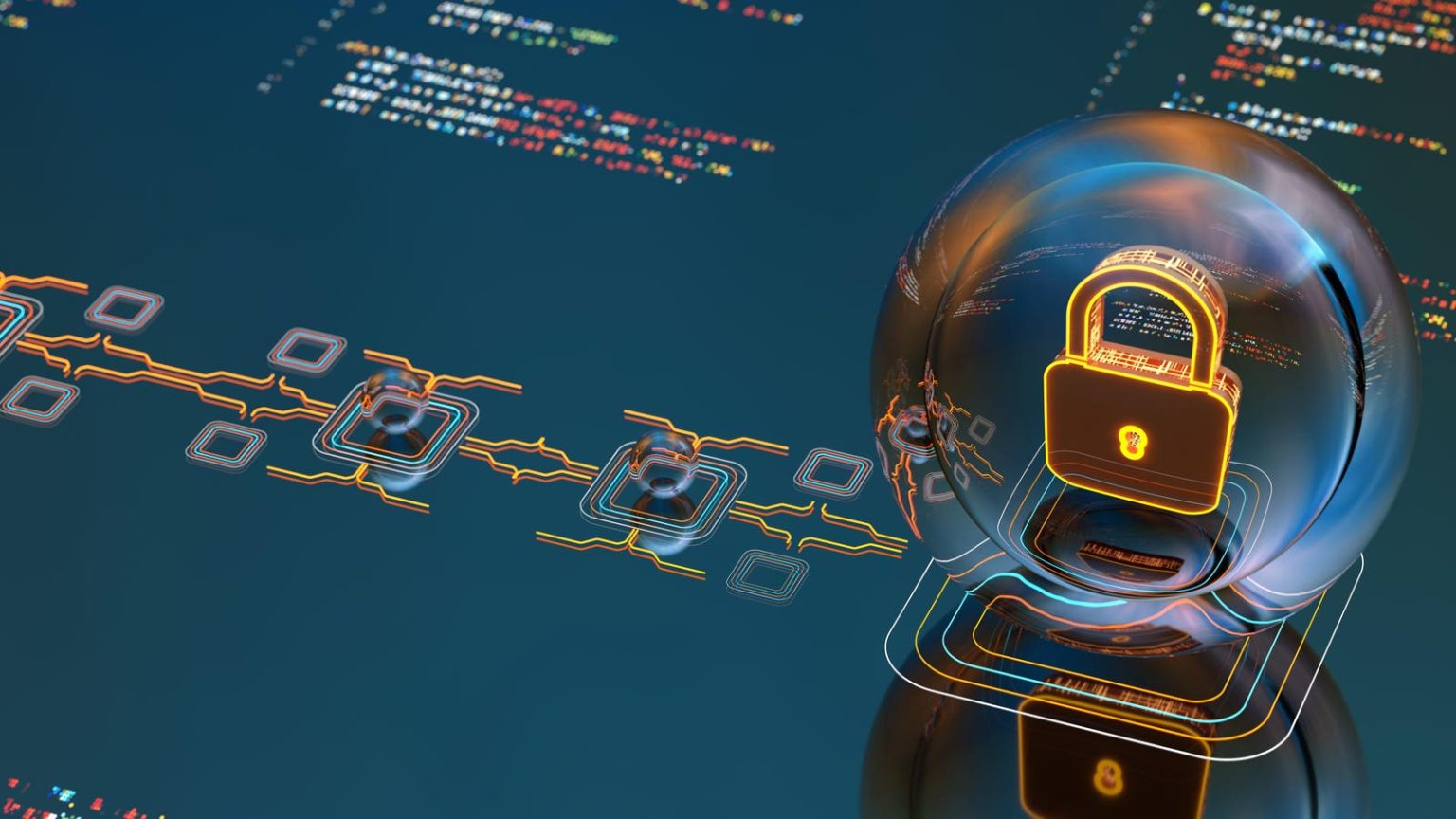The debate between traditional security systems and decentralized solutions in the Web3 space continues to be a topic of discussion among enthusiasts. While blockchain technology offers certain security advantages over traditional databases, it is important to understand that the two serve different purposes – and Web3 projects can benefit from using both types of security frameworks. Stefan Huber, CEO of BlackFort, emphasizes the importance of combining on-chain and off-chain security solutions to effectively protect industries like healthcare and manufacturing, where some features are too costly to replicate on-chain.
Blockchain security encompasses systems, solutions, and practices used to safeguard blockchain networks, decentralized applications, smart contracts, and users from malicious attacks. These security measures can be categorized into blockchain-based solutions that rely on the technology and those that do not. Examples include multisig wallets, decentralized oracles, gas fees as deterrents against DDoS attacks, web3 antiviruses for detecting scams, asset custodians for securing digital assets, and multi-factor authentication for protecting crypto wallets. It is crucial to have a comprehensive security approach that leverages both blockchain-based and traditional security tools.
Blockchain-based security solutions utilize blockchain technology as an integral part of their systems and can be applied in various sectors such as supply chains, Internet of Things, and data security. By assigning unique blockchain identities to valuable items in supply chains, preventing ransomware attacks becomes possible. In IoT networks, blockchain is used to authenticate devices and accounts to prevent data breaches and malware installations. Additionally, blockchain can secure sensitive data and regulate access to files such as financial and medical records, reducing the risk of unauthorized access to confidential information.
In the context of Web3 projects, combining blockchain-based security solutions with legacy cybersecurity measures is essential to protect user funds effectively. While blockchain technology offers certain security advantages, Web3 platforms still operate on virtual servers like AWS, and user-side wallets are run on legacy devices, emphasizing the need for a comprehensive security approach. Moreover, educating end-users and project team members on correct security practices for protecting their crypto wallet secret phrases, private keys, and passwords is crucial in preventing crypto thefts, scams, phishing, and social engineering attacks. Understanding how these threats work and taking necessary precautions can help mitigate risks in the Web3 ecosystem.
It is imperative for Web3 projects to prioritize cybersecurity education and implement best practices to protect assets and avoid security breaches. By combining blockchain-based security solutions with traditional cybersecurity measures, organizations can establish a robust security framework to safeguard user funds and data. As the Web3 ecosystem continues to evolve, staying vigilant against threats and investing in cybersecurity measures will be essential to maintain trust and security in decentralized platforms. Collaborative efforts between industry stakeholders, security experts, and users can contribute to enhancing security standards in the Web3 space and promoting secure interactions within decentralized networks.


